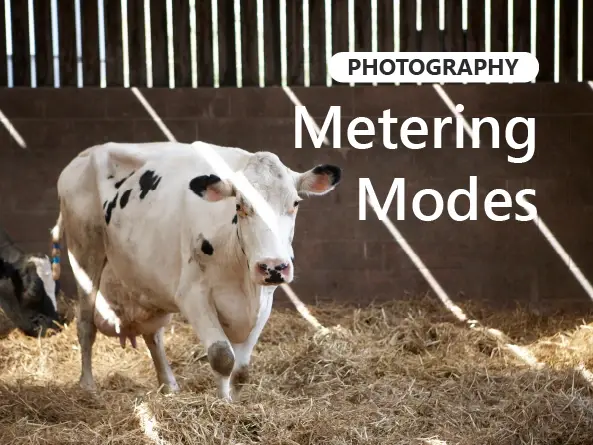Capturing Architectural Grandeur: Tips for Building Photography
- Oct 27, 2023
- 2 min read
Updated: Apr 4, 2024
If you're passionate about architecture and eager to capture stunning building photos, this article offers practical advice to enhance your photographic skills.
Photo by joseas on FreeImages.com
Tip 1: Discover the Perfect Angle to Accentuate Architecture
The key to showcasing architecture lies in finding the ideal angle. Before snapping a photo, explore various perspectives. Often, a change in viewpoint can transform even the most ordinary structure into something fascinating. Experiment with low and high shots, or even sideways, to identify the angle that best presents the architecture.
Additionally, pay attention to how light interacts with the building from different angles, creating appealing shadows and emphasizing architectural features. The right angle can dramatically alter how a building is perceived in your photo.
Photo by escargotte on FreeImages.com
Tip 2: Harness Light to Your Advantage, Regardless of Weather
Lighting is crucial in architectural photography. Experimenting with various weather conditions can unveil diverse and captivating architectural perspectives:
Golden Hours: Shoot during dawn or dusk for soft, warm lighting that flatters architectural details.
Rainy Days: Don’t underestimate rainy days; they can add reflections and brighten up building colors.
Cloudy Conditions: Overcast skies provide soft light, reducing contrasts and bringing out more detail in the architecture.
Photo by plebic on FreeImages.com
Tip 3: Utilize a Wide-Angle Lens for a Comprehensive View
A wide-angle lens is a powerful tool for capturing buildings in all their splendor:
Full View: A wide-angle lens helps include the entire building in your shot, maintaining proportions.
Depth Effect: These lenses are great for emphasizing lines and perspectives, adding depth to your photos.
Distortion Correction: Be aware of distortion from wide-angle lenses and correct it during post-processing.
Photo by Thinkstock on FreeImages.com
Tip 4: Enhance Your Images with Composition Techniques
Leading Lines and Symmetry: Use leading lines, the rule of thirds, and symmetry to create balanced and engaging compositions.
Environmental Elements: Incorporate trees, people, or streets to add interest and scale to your images.
Visual Storytelling: Aim for compositions that turn simple shots into compelling narratives filled with emotion.
Photos by y0s1a and mikkosoft on FreeImages.com
Tip 5: Precision Editing Brings Your Vision to Life
After taking the photos, take the time for editing. Adjust contrast, saturation, and exposure to enhance architectural details. Remove any unwanted distortion or perspective, and ensure that vertical and horizontal lines are straight. Subtle editing can make your building photos stand out even more.
Additionally, consider experimenting with advanced editing techniques, such as selective color correction, to highlight specific areas of your image. Meticulous editing can take your building photos to the next level of perfection.
Photographing buildings offers a unique perspective on architecture, allowing you to capture the essence of structures around you. With practice and these tips, your architectural photography will not only improve but also captivate and inspire.










